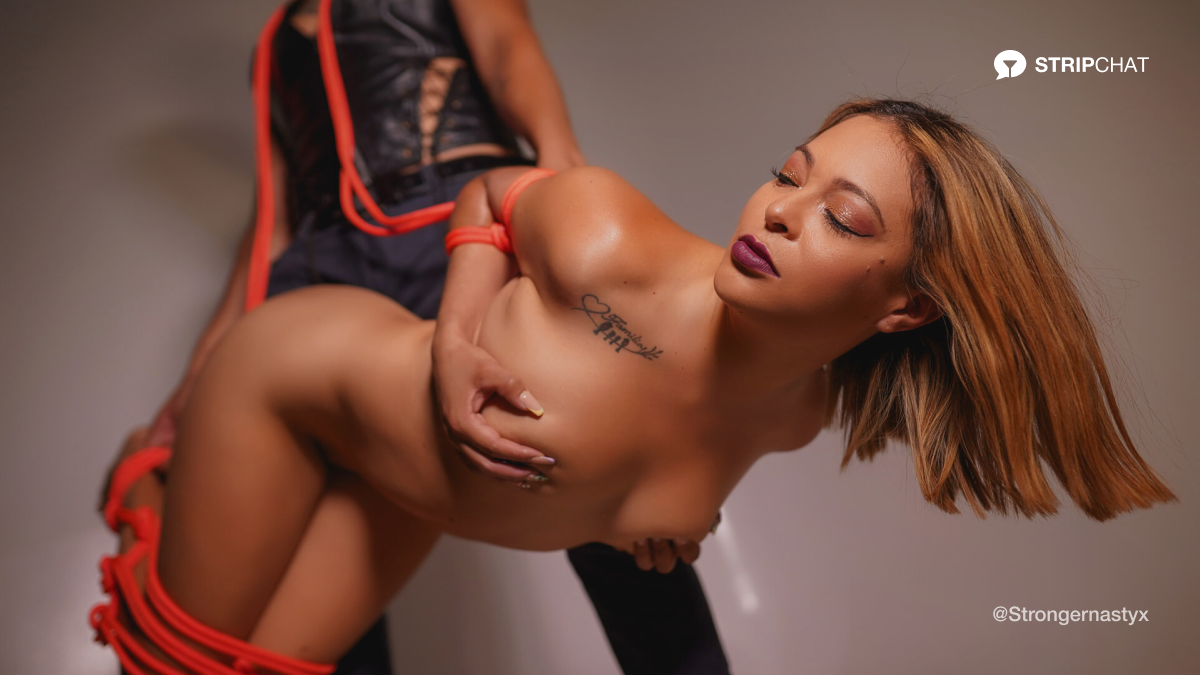What is Kinbaku? The art of tying up for pleasure and its history

If we mention the word Kinbaku, it will most likely sound like Greek to you and most others. But the truth is, you might know more than you think (especially if you’re a kinkster). How about if we call it Shibari or bondage? Now we’re talking.
The first thing we must clarify is that Shibari and Kinbaku is the same thing. They’re basically synonyms, while bondage is something slightly different.
What is bondage then?
In bondage, the main goal is to inmobilize the individual partially or completely, as a form of submission, with either ropes, chains, or handcuffs. Bondage t falls within the broad umbrella of BDSM (the “B” stands in fact for “bondage”).
Once the sub is tied up, the game starts, with consensual practices between sub and dom such as spanks, the use of hot wax, and a long etcetera, in combination with sexual practices.
So what’s the difference between bondage and Kinbaku?
Shibari or Kinbaku literally means to tie up in Japanese. To be more precise, Kinbaku means to “tight binding” and its main difference with bondage is that the former prioritizes the aesthetic and sensorial satisfaction through the ropes, which elevates the erotism and sensuality of the moment.
We could say that Kinbaku entails a high artistry level, being an inspiration for hundreds of photoshoots that have Kinbaku as the main theme. However, the main purpose of Kinbaku is to achieve submission. The way the ropes are tied up stimulates determined erogenous zones.

Brief history of Kinbaku
In Japan, rope has played an important cultural role for thousands of years. Apart from practical reasons, it was also used for spiritual ones. Across Japanese history we find sacred bindings that were used to wrap special presents, or bindings with religious connotations that marked the places considered pure or sacred.
However, rope was also used to restrain assailants and transport criminals. They used the ropes and types of bindings to show the social status, age, job, and type of crime that they committed. In the Middle Ages, rope was even used to torture people, and following this trend, there are numerous Japanese works of erotic art that reflect the brutal activities carried out with rope in medieval times. That’s until Itoh Seiyu came into scene.
Itoh Seiyu is considered the father of Kinbaku. He was a renowned Japanese painter who absorbed influences from erotic games belonging to what we now know as BDSM. His second wife shared the same sexual preferences as him. She was a masochist who enjoyed being tied up and portrayed by Itoh in his paintings. That’s how he transformed what until then was considered brutal, to pleasure.
The ropes that were before strategically placed to apply pressure and inflict pain, were now looking to stimulate erogenous zones, awakening sensuality. Safety also turned into a key aspect of this practice, especially in intense photographic scenes like upside down shots.
Then, in the nineteen hundreds, these practices arrived in the West at the hands of John Alexander, pioneer in fetishist art. Today, Kinbaku is appreciated in the world as a stage performance, contemporary art, and of course as fascinating facet of fetish culture.
On Stripchat, we have models specializing in this type of fetish and delivering enticing Kinbaku shows, so if ropes and art is what floats your boat, check out Amber-Heart, Colors-X and KoraxLens.
You can always check the latest news on our Twitter and Reddit.





